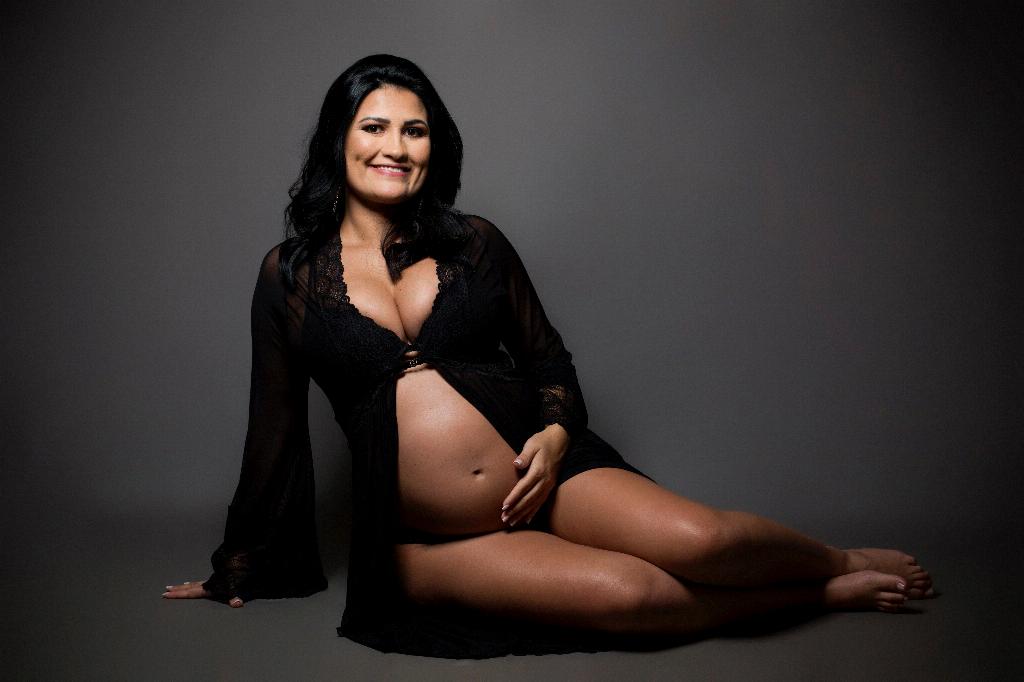During pregnancy, many women may question whether it is safe to continue wearing pantyhose. The good news is that it is perfectly safe to wear pantyhose while pregnant. In fact, many expecting mothers find them to be quite comfortable and beneficial, especially when it comes to providing support and reducing swelling in the legs.
One important thing to keep in mind when wearing pantyhose during pregnancy is to ensure that you choose the right size. Ill-fitting pantyhose can constrict blood flow and lead to discomfort. Opt for pantyhose that are specifically designed for expectant mothers, as they are likely to offer more support and elasticity to accommodate your growing belly.
Many women also wonder whether wearing pantyhose during pregnancy can have any negative effects on the baby. Rest assured, there is no evidence to suggest that wearing pantyhose poses any risk to the fetus. As long as you are comfortable and the pantyhose are not too tight, you can confidently rock your favorite pairs throughout your pregnancy.
Pantyhose can actually be quite beneficial during pregnancy. They can provide gentle compression, which may help improve circulation and reduce the risk of developing varicose veins. Additionally, pantyhose can offer support to the lower back and legs, which can be especially helpful as your baby bump grows and puts more strain on your body.
When choosing pantyhose to wear during pregnancy, consider opting for styles with a wider waistband that sits comfortably above your belly. This will help prevent the waistband from digging into your skin and ensure that you stay comfortable throughout the day. Look for pantyhose made of soft, stretchy materials that will grow with you.
If you find that traditional pantyhose are too constricting for your liking, you may also want to explore maternity tights or leggings. These options are specifically designed to accommodate a growing belly and provide added support where you need it most. Maternity tights come in a variety of styles and colors, so you can still express your personal style while staying comfortable.
Some women may experience increased sensitivity or itchiness during pregnancy, which can be exacerbated by certain fabrics. If you have sensitive skin, opt for pantyhose made of breathable materials like cotton or microfiber to minimize irritation. You can also choose pantyhose with a cotton gusset for added comfort.
As your pregnancy progresses, you may find that your body temperature fluctuates more than usual. In this case, consider wearing sheer or lightweight pantyhose to avoid overheating. Sheer pantyhose offer a polished look while still providing coverage and support, making them a versatile option for any occasion.
It is important to listen to your body during pregnancy and make adjustments as needed. If you find that pantyhose are causing discomfort or restricting your movement, consider switching to looser-fitting options like leggings or compression stockings. Your comfort is paramount, so don’t hesitate to experiment with different styles until you find what works best for you.
In conclusion, wearing pantyhose during pregnancy is entirely safe and can even offer some benefits in terms of support and circulation. Choose pantyhose that fit well, prioritize comfort, and listen to your body’s needs. Whether you prefer classic sheer styles or maternity-specific options, there is a wide range of pantyhose available to accommodate your changing body during this special time.

